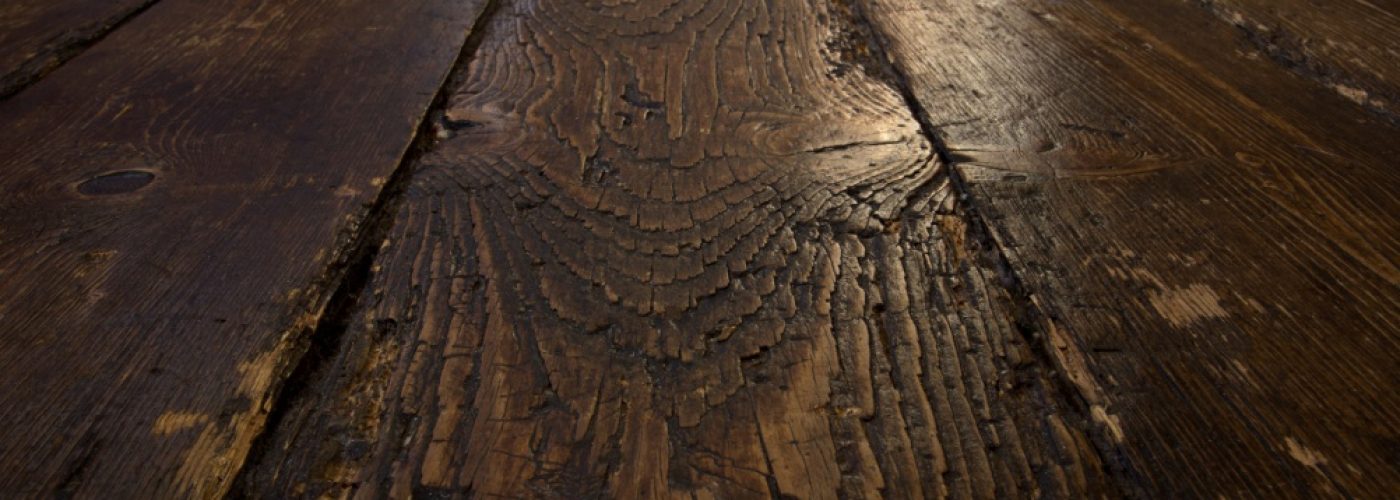Contractors – Don’t let timber decay cause your project to stall – know what to advise your clients about timber treatment options.
A recent survey by Cornerstone Projects has revealed that 85% of UK contractors experience delays when working on a project. The old saying ‘time equals money’ couldn’t be more accurate when translated into the construction industry. Unfortunately, in many cases, 90% of costs caused by delays are the responsibility of the client to pay, whereas in other cases contractors may rely on their insurance to bridge the gap and get the project back on track.
One reason for a project to be delayed, particularly during property maintenance work, can be due to the uncovering hidden problems such as decaying timberwork. This problem may not be immediately obvious at the start of a project but removing flooring or taking down ceilings will expose timber. If there are signs of rot or woodworm, then best practice is to get it treated and remedied before continuing with the project. Therefore, knowing how to spot the signs, are essential in your work as a contractor.
Tell-Tale Signs of Woodworm
Unfortunately, as a sustainable material, timber is susceptible to damp conditions which will increase the chances of insects such as the House Longhorn or furniture beetles taking hold and destroying the strength and makeup of the timbers. Signs to look out for are small insect holes or lines in the wood. An infestation can be so severe it can make timbers completely crumble.
Tell-Tale Signs of Rot
Revealing signs of a dry or wet rot problem include localised fungus on the wood, cracked sections of beam work, and timber that feels damp. You might also be able to detect a musty odour in the property.
Identifying Timber Decay Early in the Project
A site visit to carry out a building works quote for a client, will usually include an assessment of the structural integrity of the building before committing to the job. At this point, it is wise to be on the lookout for signs of timber decay or damp and if seen, the best option is to advise your client to get a specialist company to carry out a damp and timber survey. This will provide professional advice on the source of the damp and the steps needed to resolve and treat any problems. It may also highlight any hidden issues such as dry rot lurking under floorboards, and so reduce the risk of any unpleasant surprises being found during the project.
Consider Using Specialist Damp and Timber Contractors
In many cases calling in professionals who specialise in timber treatment is the best course of action. The treatment of dry rot and woodworm problems is very specialist and it is worth using a professional company who will use and apply the right chemical treatment as well as providing 10 or 20-years timber treatment guarantees.
Timber replacement may also be a requirement and advanced techniques such as timber resin repair can be used to do this.
This involves replacing sections of the wood rather than removing a whole piece or beam. The damaged section of wood is removed, and holes are drilled into both the existing and new pieces of wood – which will be connected by strengthening bars and resin used to reinforce the repair.
Whatever your specialism as a contractor, recognising the signs of timber decay and knowing the most advanced treatment methods to stop the damp and treat the timber problem, will allow you to provide the best possible service to your clients. Ignoring timber decay should never be an option. The most valuable advice is to book a survey with a specialist company who can carry out the work and provides guarantees on the treatment options available to you. Get the problem resolved quickly and correctly, allowing you to get on with the project in hand.





